Effective communication on the road can significantly enhance a motorcyclist's safety and enjoyment. Whether managing challenging routes or staying in touch with fellow riders, having a reliable intercom system is essential. Not only do these systems facilitate hands-free communication, but they also provide access to GPS directions, music, and emergency contacts, all of which contribute to a safer and more pleasant ride. Two primary types of intercom systems address these needs: built-in intercoms and helmet intercom units. Each type offers unique advantages and potential drawbacks that are important to consider when making a choice. Let’s explore into the pros and cons of each type, to help you decide which is the best fit for your riding experience.
Built-In Intercom Systems
Built-in intercom systems are integrated into the helmet during manufacturing, providing an efficient and cohesive communication solution. These systems are designed to offer superior performance with features such as advanced audio quality, smooth integration, and a sleek appearance. Built-in intercoms are often developed by specific brands to be compatible with their own helmet designs.
The integration process ensures that all components are neatly embedded within the helmet, resulting in a more unified setup that avoids the need for external attachments. This design can enhance comfort by reducing the extra weight and bulk that external units might add, and by lowering wind resistance during rides. The system is built into the helmet from the start, it often benefits from a more secure and optimized placement of microphones and speakers, leading to clearer communication and better sound quality. This built-in approach not only contributes to the overall durability of the intercom but also provides a more visually appealing solution without compromising on functionality.
Pros and Cons of Built-In Intercom Systems
Pros
Built-in intercom systems are designed to blend effortlessly with the helmet, providing a sleek and clean appearance. This integration eliminates the need for external attachments, reducing wind resistance and noise. Integrated systems often come with advanced features customized to the helmet's design, such as enhanced audio quality and improved battery life. These features can provide a superior communication experience compared to external units. The absence of external attachments maintains the helmet's original look and feel, enhancing comfort and aesthetics. Riders can enjoy a more natural and balanced helmet experience.
Cons
Built-in systems are specific to the helmet, limiting the rider's ability to transfer the intercom to another helmet. Riders who want to upgrade their intercom system may need to purchase a new helmet, increasing the overall cost. Integrated intercom systems are generally more expensive than external units, reflecting their advanced features and smooth integration. This higher cost may be a barrier for budget-conscious riders. Upgrading a built-in intercom system can be challenging, as it may require professional installation or the purchase of a new helmet. Riders may find it less convenient to keep up with the latest technology advancements.
Helmet Intercom Units
Helmet intercom units are external devices that attach to helmets, providing a flexible communication solution. These units are portable, allowing them to be transferred between different helmets easily. They typically offer features such as Bluetooth connectivity, noise cancellation, and long battery life, making them a popular choice among riders.
The LEXIN Novus Helmet Intercom exemplifies the advantages of helmet intercom units. This device has Bluetooth connectivity, enabling effortless pairing with smartphones and GPS devices. Its advanced noise cancellation technology ensures clear communication even in noisy environments. The Novus also offers impressive battery life, supporting long rides without the need for frequent recharging. Additionally, its user-friendly interface makes it easy to operate, even while riding.
The LEXIN G16 Bluetooth Rider Intercom is another prime example of the best helmet intercom system. This system features Bluetooth 5.0 technology, allowing for stable and efficient communication. The G16 supports group intercom functionality, enabling communication with multiple riders simultaneously. Its waterproof design ensures durability in various weather conditions. Additionally, the G16 is designed for easy integration, providing a sleek and unobtrusive appearance.
Pros and Cons of Helmet Intercom Units
Pros
Helmet intercom units can be easily transferred between different helmets, offering flexibility for riders with multiple helmets. Upgrading to a newer model is straightforward, as the unit can be replaced without affecting the helmet itself. These units are generally more affordable than built-in systems, making them a cost-effective choice for many riders. They provide an economical solution for riders who want to enhance their communication capabilities without investing in a new helmet. Riders can choose from a variety of brands and models, selecting the one that best fits their needs and preferences. This flexibility allows riders to opt for specific features that may not be available in built-in systems.
Cons
Some riders may find the equipment inconvenient or visually unpleasing. External units may not integrate as smoothly with the helmet's design, potentially causing issues with wind resistance and noise. The appearance of the helmet may be altered, which could be a concern for some riders.
Key Considerations For Choosing Between The Two
- Riding Style and Preferences
Riders who frequently tour long distances may prioritize advanced features and comfort. Others might prefer options that offer flexibility and cost-effectiveness.
- Budget Constraints
Consider the initial cost and potential long-term investment when choosing between helmet intercom units and built-in systems. Evaluate the benefits of each type in relation to your budget and future riding plans.
- Technology Preferences
If staying updated with the latest technology is a priority, helmet intercom units may offer more flexibility for upgrades. Built-in systems may provide advanced features but could be harder to update.
- Helmet Compatibility
Ensure compatibility with your current helmet and any future helmets you might purchase. Consider how easily the intercom system can be transferred or integrated with new helmets.
Choosing between helmet intercom units and built-in intercom systems depends on various factors, including riding style, budget, technology preferences, and helmet compatibility. Both types have their own set of advantages and disadvantages, and the best choice ultimately depends on your individual needs and preferences.
Explore LEXIN's range of intercom systems to find the perfect fit for your riding needs. Visit our website to learn more about the Novus Helmet Intercom and G16 Bluetooth Rider Intercom. Stay connected, ride safely, and enjoy the journey with LEXIN's innovative communication solutions.

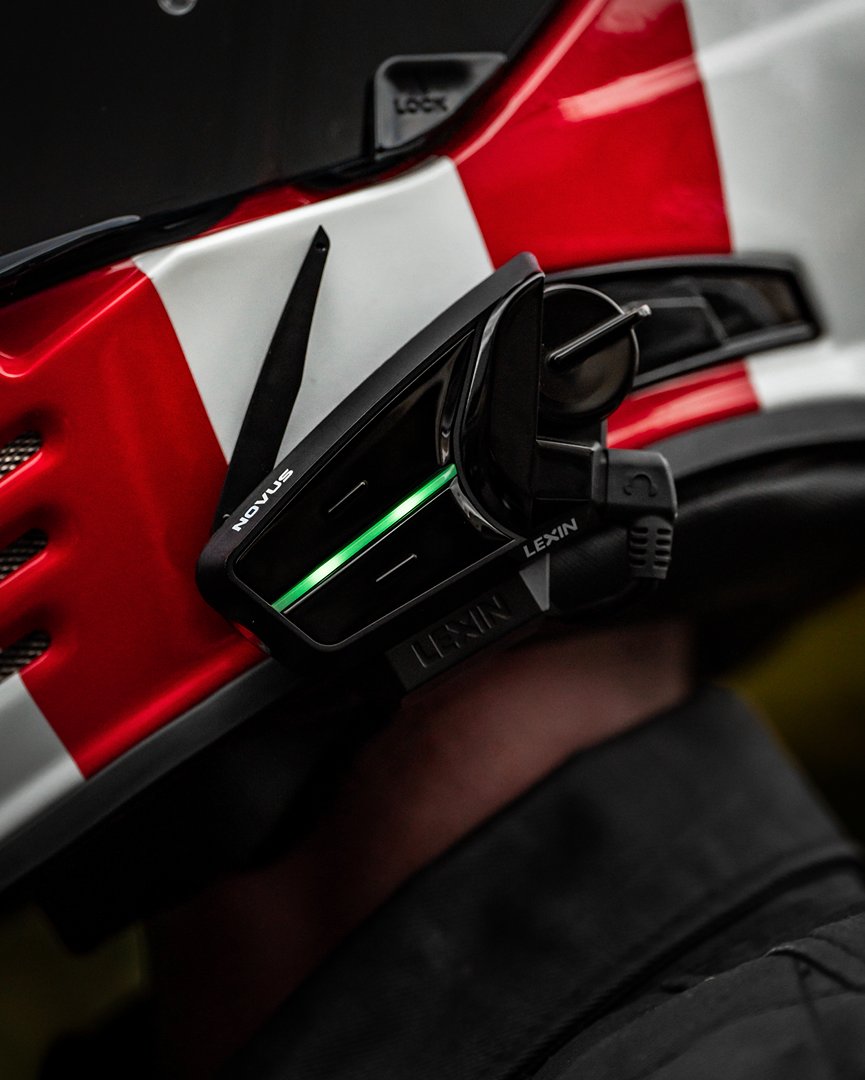
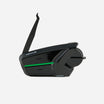
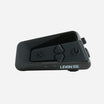
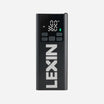
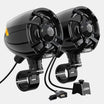
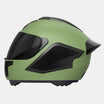



发表评论
此站点受 hCaptcha 保护,并且 hCaptcha 隐私政策和服务条款适用。